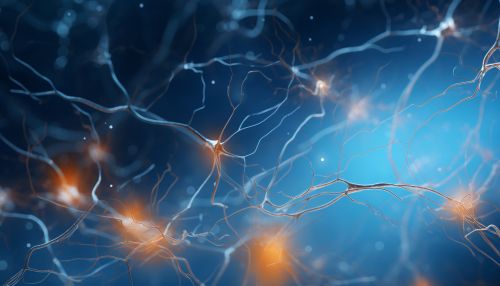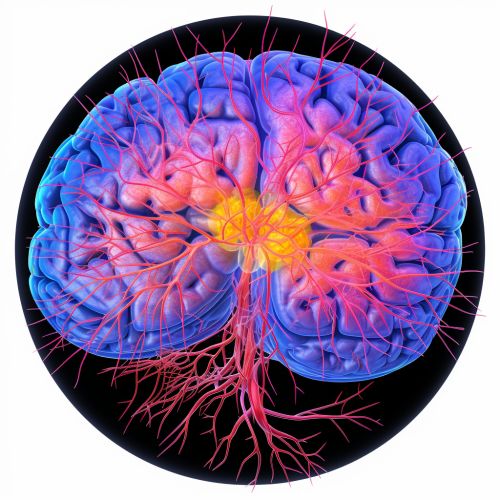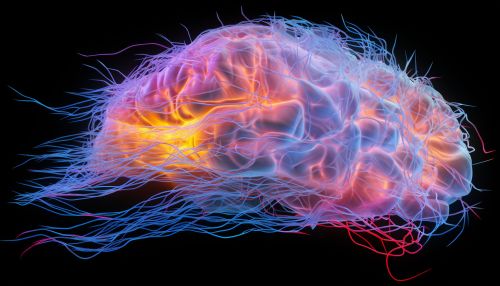Molecular Mechanisms of Memory Formation and Storage
Introduction
Memory formation and storage are complex processes that involve a series of molecular mechanisms. These mechanisms are responsible for the encoding, consolidation, and retrieval of information in the brain. This article delves into the intricate details of these processes, exploring the role of neurotransmitters, synaptic plasticity, and gene expression in memory formation and storage.
Neurotransmission in Memory Formation


Neurotransmission plays a crucial role in memory formation. Neurotransmitters are chemical messengers that transmit signals across a neuron to another neuron or target effector cell. This transmission is essential for the communication between neurons, which is fundamental for memory formation.
The release of neurotransmitters such as glutamate and acetylcholine is associated with the encoding of information. Glutamate, for instance, is involved in the induction of long-term potentiation (LTP), a process that enhances signal transmission between neurons and is considered a molecular model for learning and memory.
Synaptic Plasticity and Memory
Synaptic plasticity refers to the ability of synapses to strengthen or weaken over time, in response to increases or decreases in their activity. This plasticity is a fundamental property of the brain and is considered the cellular basis for learning and memory.
Two main forms of synaptic plasticity, long-term potentiation (LTP) and long-term depression (LTD), are involved in memory formation and storage. LTP is a long-lasting enhancement in signal transmission between two neurons that results from their simultaneous activation, while LTD is a long-lasting decrease in synaptic strength.
Gene Expression and Memory
Gene expression also plays a critical role in memory formation and storage. During the process of memory consolidation, certain genes are activated to produce proteins that modify the strength and number of synaptic connections, altering the structure and function of neurons.
CREB, a gene that codes for a protein called cAMP response element-binding protein, is one such gene that is crucial for memory formation. When activated, CREB initiates a series of molecular events that lead to the synthesis of proteins necessary for the formation of long-term memories.
Memory Storage


Memory storage involves the process of maintaining or storing information over time. This process is thought to involve a series of changes in the strength of connections between neurons, a phenomenon known as synaptic plasticity.
The hippocampus, a region of the brain involved in the formation of new memories, plays a crucial role in the storage of information. However, it is believed that the long-term storage of memories involves the transfer of information from the hippocampus to other regions of the brain, such as the cortex.
Conclusion
The molecular mechanisms of memory formation and storage are intricate and complex, involving a series of processes from neurotransmission and synaptic plasticity to gene expression. Understanding these mechanisms is crucial for the development of treatments for memory-related disorders and for enhancing our understanding of how the brain works.
